We've been to many places in search for better understanding, stronger support, and the best…
Starting Occupational Therapy At Oasis Place
Ayub has been doing speech therapy for around a year at Oasis Place. His therapist says he’s improved his mastery of the language tremendously, but is still not yet on par with his peers. While she continues to work with him on inference and more in-depth language practices, she suggested we look into occupational therapy.
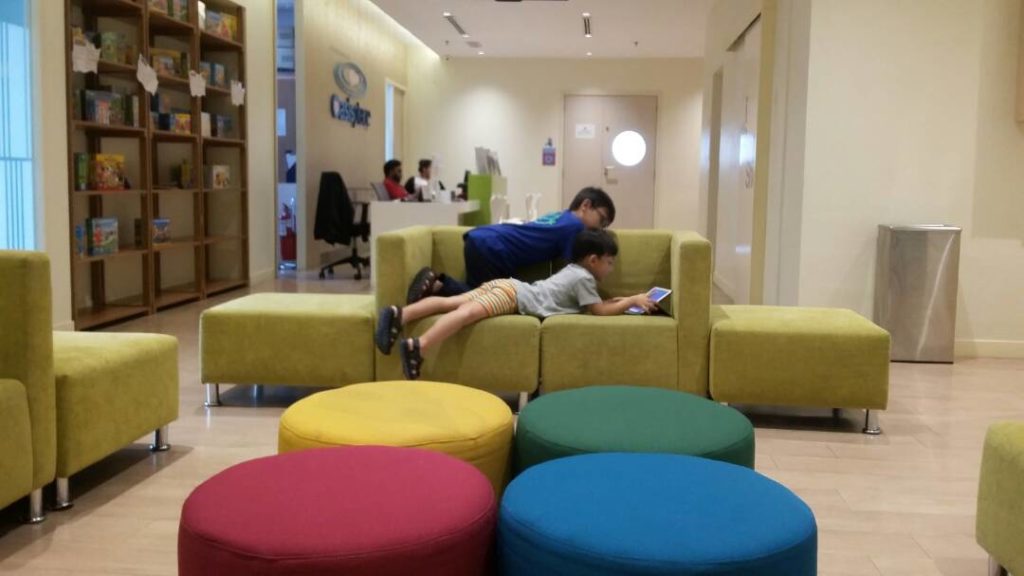
Waiting to see the therapist at Oasis Place.
Ayub’s occupational therapy assessment
I received a survey to complete about Ayub and his behaviours throughout his formative years. It was quite detailed, going through different sensory issues and autistic person generally has. Once that was completed, Ayub and I went to meet the occupational therapist.
The OT room is very different from the speech therapy room. There are giant beanbag type structures, a small trampoline, a ball pit, a ladder that leads to a small second floor, and lots of other toys.
Ayub was instantly energized and literally bouncing off the walls (using the trampoline to propel him).
Trying to coax him to come back, but he’s busy bouncing on the giant inflatable.
Phase 1: Drawing and Writing
The therapist called Ayub to come to a small table where she had set up a piece of paper and pencil. The paper had an oval drawn on it, the shape of a face. Ayub was asked to draw himself. After a lot of bouncing around, he drew one eye. More bouncing later, he drew another eye.
Then he adjusted the giant block he was sitting on and decided to erase the eyes he drew and start again. This went on for a good few minutes until he was happy with the face he drew. It was cute. I am biased.
The page was turned over and on the top was written “About Me.” The therapist asked Ayub to write down three things about himself.
More squirming and wriggling and falling and rolling around on the floor ensued. Finally he managed to get these words written down (I’m writing from memory, it’s not totally correct):
- My name is Ayub.
- I like to play with cards.
- And my friends.
- I wacht (sic) TV with my brother and my sister.
Honestly halfway through it I was getting agitated at all his bouncing and I let out a bit of a sigh. The therapist looked at me and smiled. I smiled back.
They are the more patient people in the world.
Phase 2: Physical Assessment
After he was done with writing, he was brought to the floor to test out his motor skills, based on the earlier assessment survey I had filled out.
From touching his thumb to his fingertips, to throwing a ball and clapping three times before catching it again, there were a LOT of little tests to do.
The kid LOVED it. It’s all a game to him. Even so, between the little tests, he was bouncing around and back on the trampoline and rolling around on the floor. He was so excited. I saw glimpses of his little two-year-old self again. It caught my breath and got me all teary-eyed.
Sweet baby.
The findings, in very layman-mama terms
Basically, Ayub does not have full control of his body.
Using movement to think
When he walks around or sways back and forth while sitting, it’s actually because he’s thinking. He needs to move in order to process his thoughts. The therapist said that in order to help him, we need to give him breaks to allow him to move, before coming back to complete a task.
For example, when writing out the three things about himself, she would allow him a few seconds to adjust his seat and sway back and forth, before prompting him again to write a sentence.
Not having full control of his body
Ayub needs to visual contact with his body in order to use it.
While the rest of us are able to put our hand in our pocket without looking or putting much thought into it, Ayub cannot. He has to look at his hand as it goes into his pocket. He needs to have that visual.
Ayub’s individual body parts are unable to move independently.
In one exercise, Ayub had to put his arms out straight in front of him, then turn his head from left to right, without moving his arms. He was not able to do this without his arms also turning.
Ayub is constantly in an intense physical state.
While most people can regulate their physical state from high to low, Ayub is almost constantly way above the average level of “high.” He needs this intensity in order to function. It’s like he functions on kinetic energy.
One exercise had him stand up straight and use his eyes to follow a small torchlight (left, right, up, down). His energy level was so high and his level of intensity so intense, that he held his breath for the entire exercise until the therapist had to tell him to breathe. I think he probably would have passed out.
Next steps in occupational therapy
Ayub will be joining a small OT group with other children his age, where he will be learning how to control his body.
The therapist gave us things to do at home:
- Give Ayub chores – he needs “hard” labour to train his brain and muscles to work with purpose by doing simple chores like wiping the table, making his bed, picking up toys, mopping, cleaning, taking out the trash
- Allow rough-housing – wrestling/rough play with his brother to build up his muscles and teach him to have control over his body
- More physical play – throwing a ball, kicking a ball, sports, playing in the park and playground
He does most of these things already, except the chores. Got to do more to help this kid.
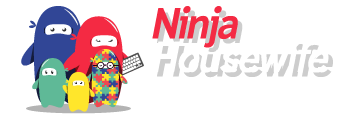
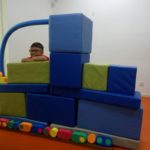
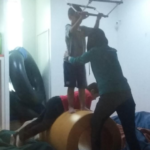
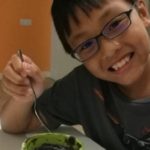
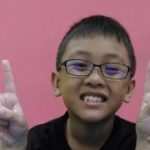
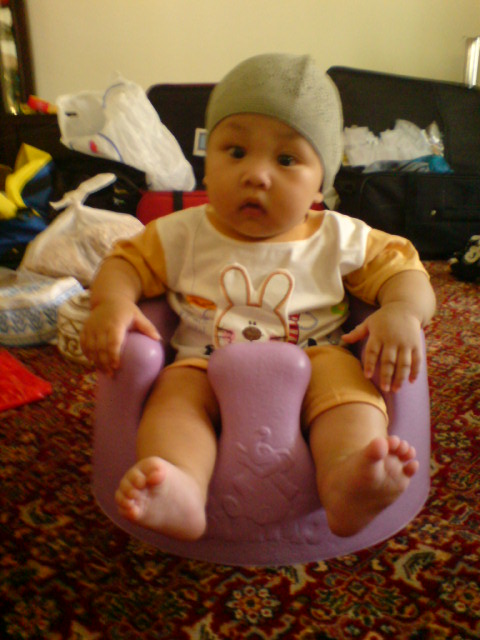
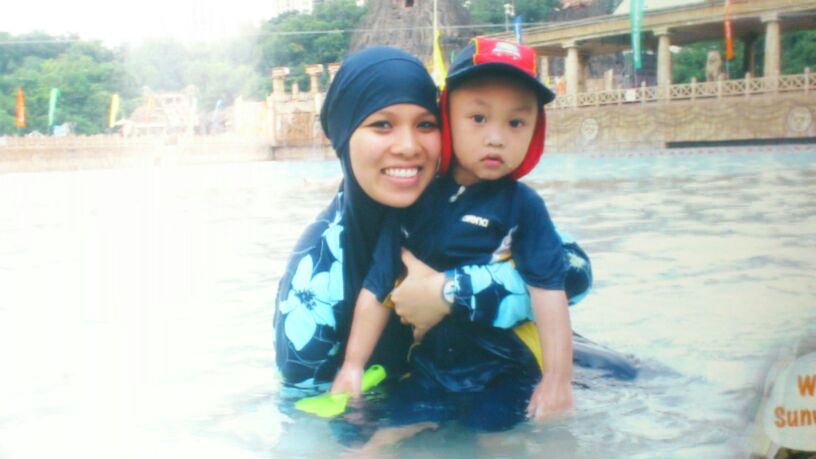
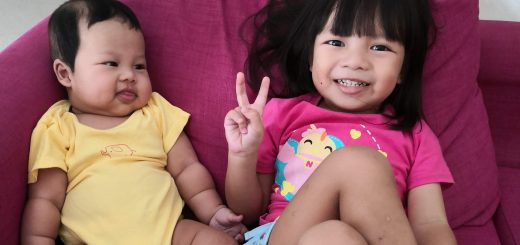


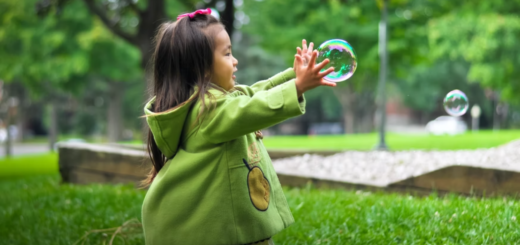
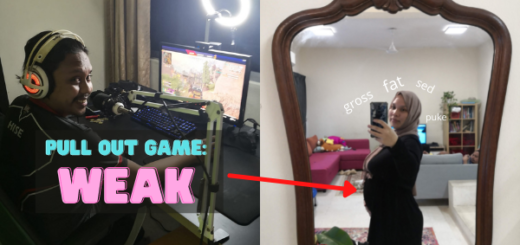
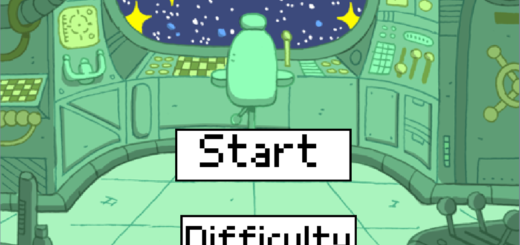



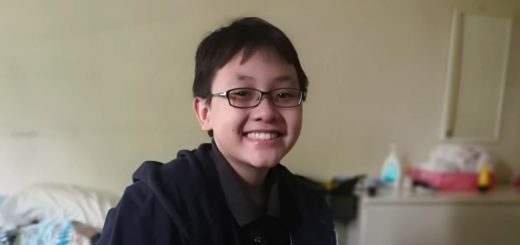
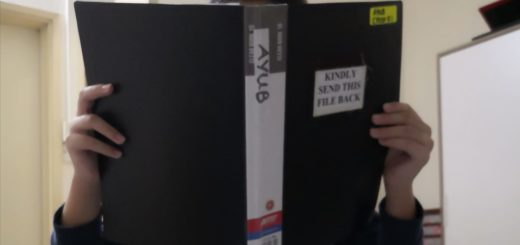
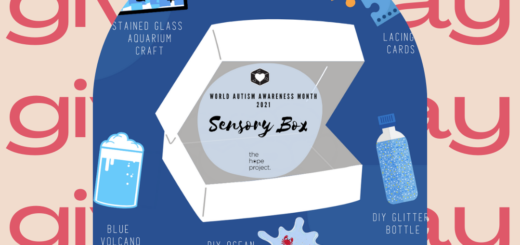
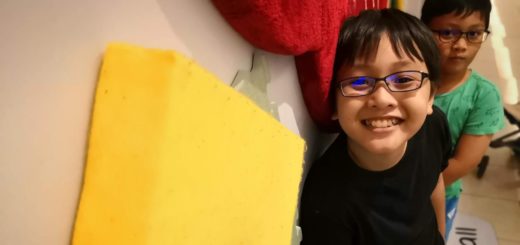
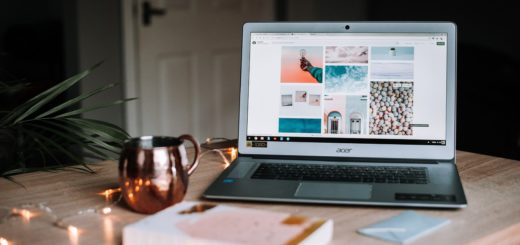
Facebook Comments